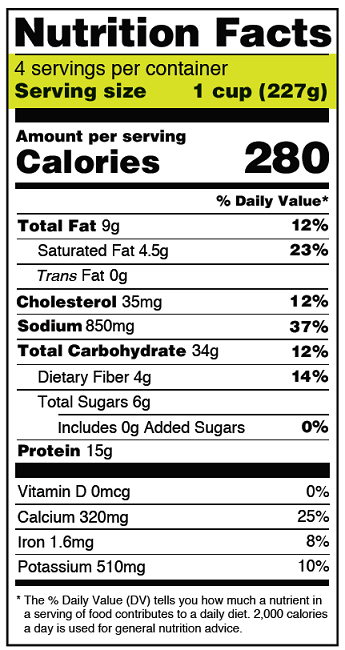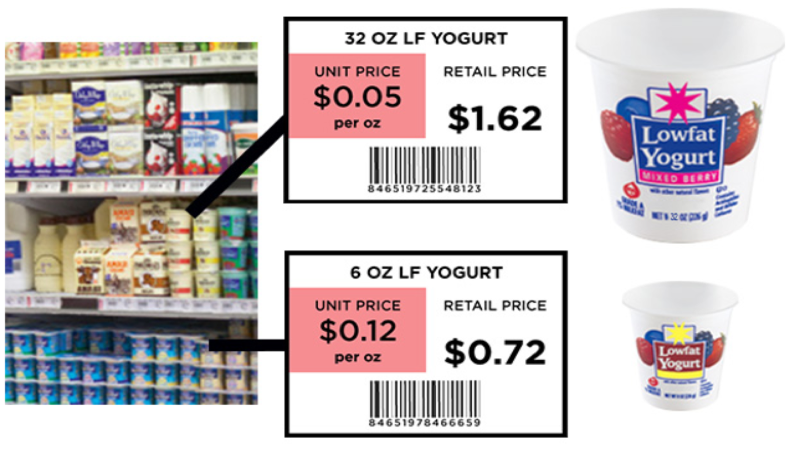Being at home during quarantine means unlimited access to the snack cabinet; an idea that can be incredibly enticing. But who says having access to snacks has to be a bad thing? Snacks CAN be healthy! During this time when many of us are stuck at home, stagnant and bored, boredom leads to snacking, which can make us feel bad and negatively affect our health; but I am here to tell you healthy snacks that can give you more energy and keep you feeling full and satisfied for longer do exist.
What are these snacks? Are they expensive? Bland? Healthier snacks are easier to find than you might think and can be just as tasty as some unhealthy choices. For starters, serving sizes are just as important when it comes to snacking as choosing the healthier option. Too much of anything is never good. Many nutrition labels for example show that its package contains 300 calories per serving, but what they don’t mention is that the package contains 3 servings.
Here are some healthy options keep you full, satisfied, and energized:
Sweet:
Apple slices with Almond Butter consists of a sliced apple with two tablespoons of your favorite almond butter! One serving has Protein: 6g, Calories: 260, Sugar: 19g
Oatmeal cookie energy balls. This snack is old fashioned oats mixed with 2 tablespoons of honey, 2 tablespoons of chocolate chips and 2 tablespoons of almond butter, baked at 350 degrees for 10 minutes.
Greek Yogurt and Mixed Berries. Greek yogurt topped with mixed berries of your choice. One serving has Protein: 12g, Calories: 135, Sugar: 9g
Savory:
Oven baked zucchini chips Preheat Oven to 225, slice Zucchini thin, add seasonings, bake for 2+ hours until extremely crisp. 1 serving (1/2 the recipe) has Protein: 2g, Calories: 145, Sugar: 3g
Parmesan garlic oven roasted chickpeas, Preheat oven to 400 degrees, drizzle in olive oil. Add seasonings and bake for 20 minutes. 1 serving (¼ of recipe) has Protein: 6g, Calories: 153, Sugar: 0g
If you need more healthy snack ideas or some guidance during this time, SPFB has the resources to help you. Visit our website to find out when we are hosting nutrition education and cooking classes. There is no shame in asking for a little help, and SPFB is here for you.
You’ve got this!

You’ll Need:
1 Sliced Apple
2 Tablespoons of Almond Butter
You’ll Need:
1 Cup of Oats
2 Tablespoons of honey
2 Tablespoons of chocolate chips
2 Tablespoons of almond butter
You’ll Need:
1/2 Cup Greek Yogurt
1/2 Cup of Mixed Berries
You’ll Need:
1 Zucchini
2 Tablespoons of Olive Oil
Salt
You’ll Need:
1 Can Chickpeas
2 Tablespoons Olive Oil
1 Tablespoon Grated Parmesan Cheese
1 Teaspoon Garlic Salt
1/2 Teaspoon Black Pepper


